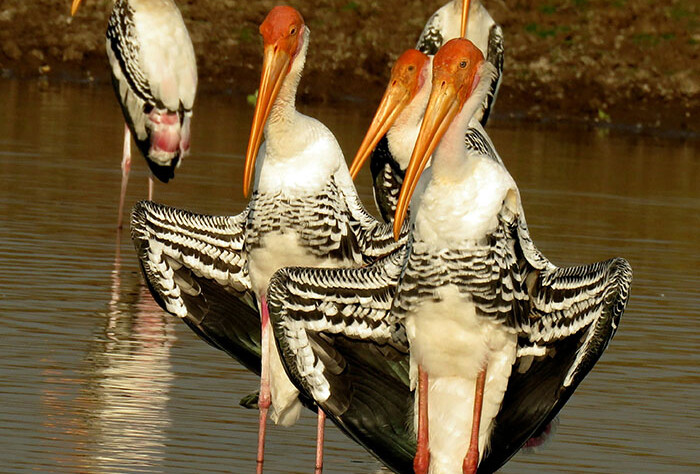Save Wildlife of India: Strategies and Actions for Conservation
India, with its diverse ecosystems ranging from lush forests and arid deserts to vast grasslands and alpine tundras, is home to an incredible array of wild life. However, this rich biodiversity is under threat from various human activities. Effective wild life conservation in India requires a multifaceted approach that includes habitat preservation, anti-poaching measures, community involvement, and policy enforcement. This article explores key strategies and actions to save the wildlife of India.
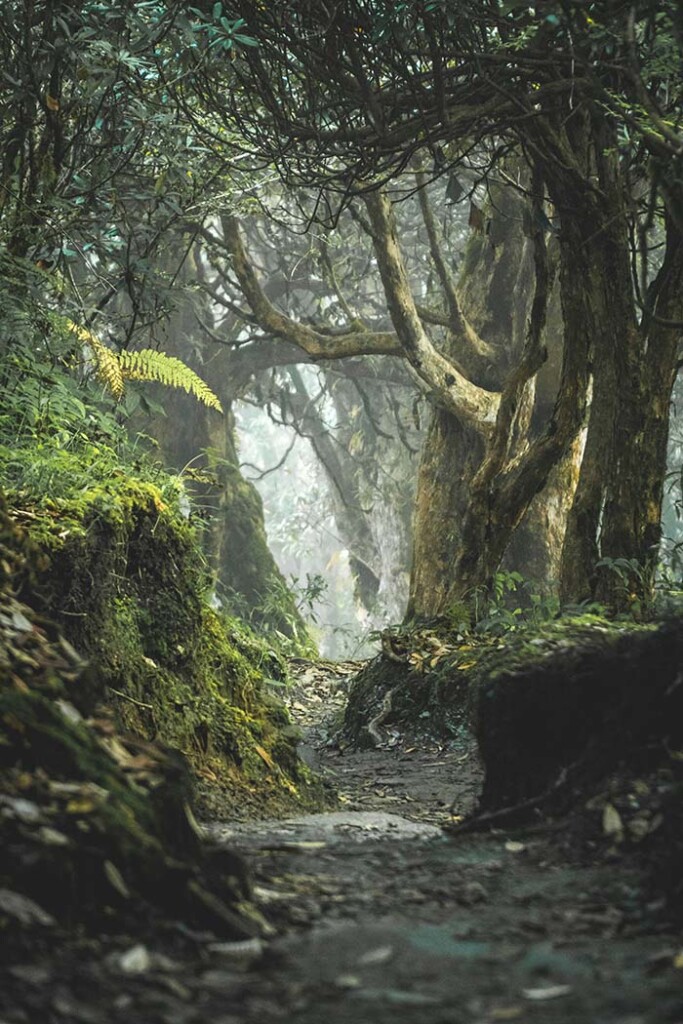

Understanding the Threats to Indian Forest
1. Habitat Loss and Fragmentation:
Rapid urbanization, deforestation, and agricultural expansion are leading to the destruction and fragmentation of wild life habitats. This results in smaller, isolated populations that are more vulnerable to extinction.
2. Poaching and Illegal Trade:
Illegal hunting and the trade of wild life and their parts pose significant threats. Poaching for fur, tusks, horns, and other body parts is a major issue for species like tigers, rhinos, and elephants.
3. Human-Wildlife Conflict:
As human settlements expand into wildlife territories, conflicts between humans and animals increase. This often leads to the killing of animals perceived as threats to livestock or crops.
4. Climate Change:
Changing weather patterns and extreme climatic events disrupt ecosystems, affecting the availability of food and water for wild life and leading to habitat shifts.
5. Pollution:
Pollution from industrial, agricultural, and urban sources contaminates air, water, and soil, affecting both terrestrial and aquatic species.
Strategies and Actions for Wildlife Conservation
1. Habitat Preservation and Restoration:
- Protected Areas: Expanding and effectively managing national parks, sanctuaries and conservation reserves are crucial for providing safe havens for wild life. Areas like the Sundarbans, Kaziranga, and Periyar are examples of successful protected areas.
- Habitat Corridors: Creating and maintaining wild life corridors allows animals to move between fragmented habitats, promoting genetic diversity and reducing inbreeding risks.
- Afforestation and Reforestation: Planting native trees and restoring degraded lands help recreate habitats and support biodiversity. Initiatives like the Green India Mission aim to increase forest cover and restore ecosystems.
2. Anti-Poaching Measures:
- Strengthening Law Enforcement: Enhancing the capacity of forest departments and wild life protection agencies with better training, equipment, and resources can improve the effectiveness of anti-poaching operations.
- Community Involvement: Engaging local communities in conservation efforts and providing alternative livelihoods can reduce their reliance on poaching. Programs like the Village Forest Protection Committees involve locals in forest management.
- Technology Utilization: Using advanced technologies such as drones, camera traps, and GPS tracking helps monitor wild life populations and detect illegal activities. AI and machine learning can analyze data to predict and prevent poaching incidents.
3. Mitigating Human-Wildlife Conflict:
- Early Warning Systems: Implementing early warning systems that alert communities to the presence of wild life can prevent conflicts. For example, SMS alerts and radio warnings have been used to notify farmers of elephant movements.
- Compensation Schemes: Providing fair compensation for livestock and crop losses due to wildlife can mitigate negative attitudes toward animals. States like Maharashtra have compensation policies in place for farmers affected by wildlife.
- Community-Based Conservation: Encouraging local communities to participate in conservation through eco-tourism and other income-generating activities fosters a sense of ownership and responsibility towards wildlife. The Snow Leopard Conservation Project in Ladakh is a successful example.

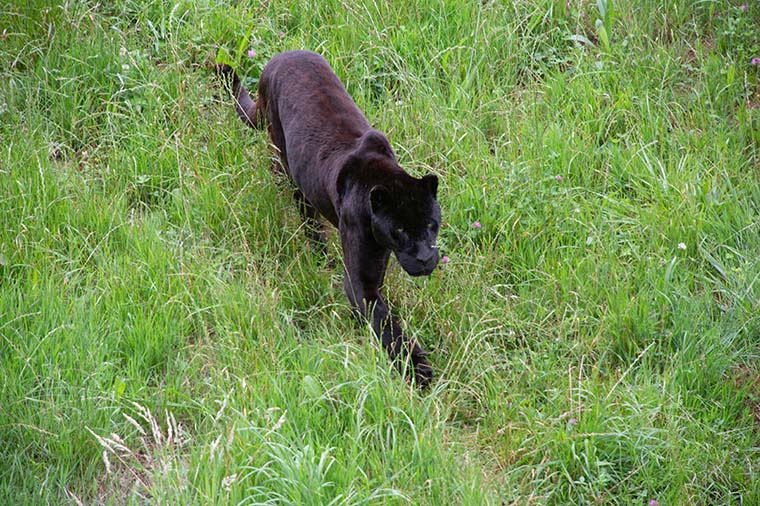
4. Climate Change Adaptation:
- Climate-Resilient Habitats: Protecting and restoring habitats that are resilient to climate change, such as mangroves and wetlands, can provide refuges for wildlife and help mitigate the impacts of climate change.
- Species Monitoring: Continuously monitoring vulnerable species and their habitats helps in understanding the impacts of climate change and developing adaptive management strategies.
5. Pollution Control:
- Reducing Agricultural Runoff: Implementing sustainable agricultural practices, such as reducing the use of chemical fertilizers and pesticides, helps prevent water pollution and protect aquatic ecosystems.
- Waste Management: Proper disposal and treatment of industrial and urban waste reduce pollution levels. Initiatives like the Swachh Bharat Abhiyan aim to improve sanitation and reduce pollution.
6. Public Awareness and Education:
- Environmental Education: Incorporating wildlife conservation into school curriculums and conducting awareness campaigns can educate the public about the importance of biodiversity and the need to protect it.
- Media and Social Media: Utilizing various media platforms to highlight conservation issues and success stories can generate public interest and support for wildlife protection efforts.
- Citizen Science: Encouraging citizens to participate in wildlife monitoring and conservation activities through platforms like iNaturalist and the Indian Birding Network increases public involvement and data collection.
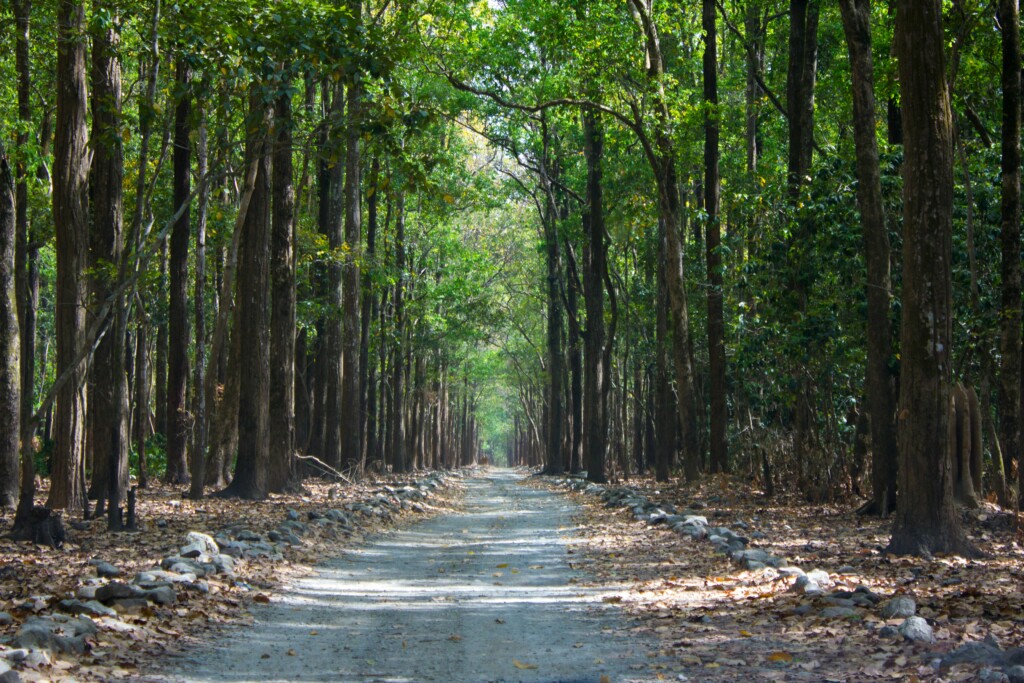
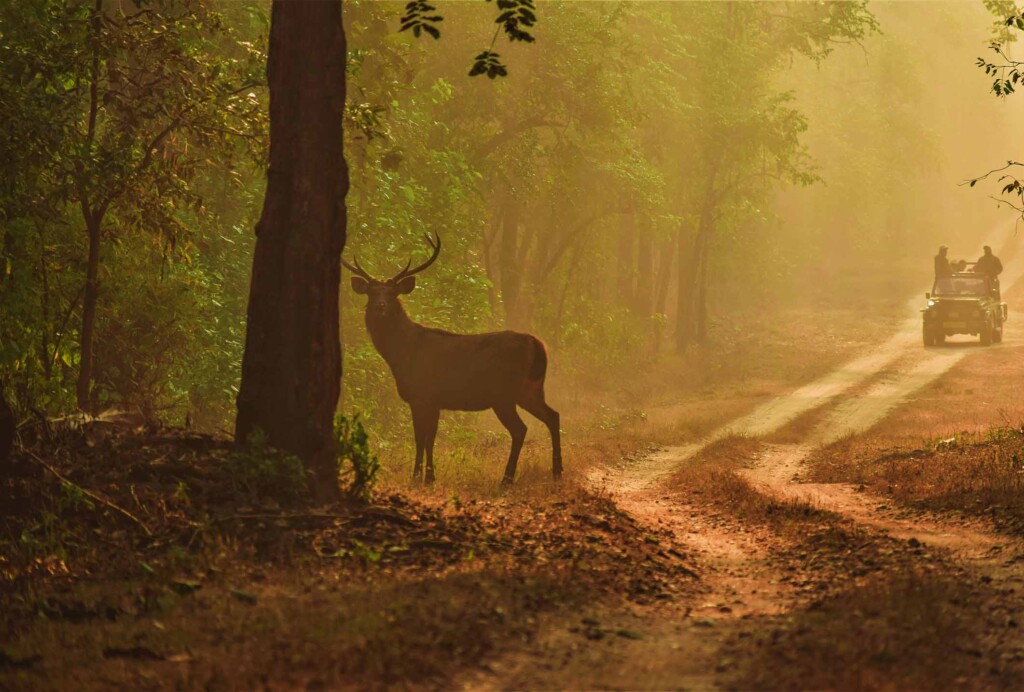
7. Policy and Legislation:
- Strengthening Wildlife Protection Laws: Ensuring strict enforcement of laws such as the Wildlife Protection Act of 1972 and enhancing penalties for violations can deter illegal activities.
- International Cooperation: Collaborating with neighboring countries to address cross-border wildlife trafficking and habitat conservation ensures a coordinated approach to wildlife protection.
8. Research and Monitoring:
- Scientific Research: Conducting research on wildlife behavior, ecology, and genetics helps in understanding species needs and developing effective conservation strategies.
- Population Monitoring: Regularly monitoring wildlife populations and habitats provides data on trends and threats, enabling timely conservation interventions.

